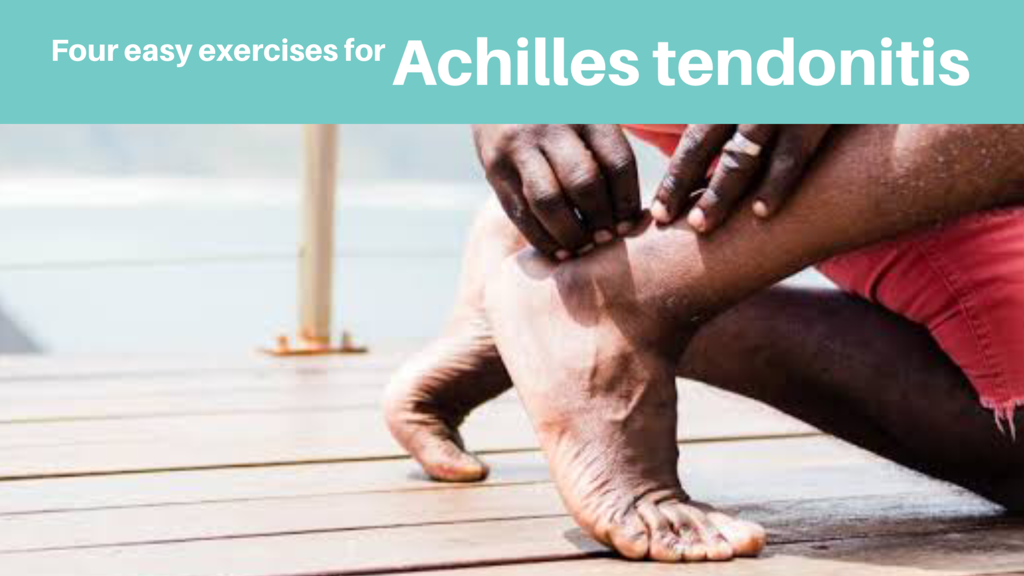Lymphedema refers to chronic swelling in the arms or legs. It is most commonly caused by the removal or damage to lymph nodes. Read on to find out what lymphedema is and how it is treated.
What are the symptoms?
The main symptom is chronic swelling. Usually of the extremities, limb or area caused by an obstruction of lymphatic system.

Other symptoms include a feeling of heaviness or tightness in the area and restricted range of motion. Also increased occurrence of infection and hardening or thickening of the skin.
Some may also see a change in texture in the tissues of the affected area. Such as an ‘orange-peel’ like effect where the fluid pools.
What is the treatment for lymphedema?
Manual lymphatic drainage (MLD) is a physical therapy technique. It mimics the natural rhythm and drainage of the lymphatic system.
The technique includes gentle massage in the area of the healthy lymph nodes. After that, a slow stretching of the skin pushes fluid out of the area, across to the healthy lymph nodes. It is quite different to normal muscular massage. It is a slow relaxing and gentle technique.
Other treatments include self massage, compression, taping, range of motion exercises and in some extreme cases, surgery.
What can I do to reduce edema?
Lymphedema is a chronic disease that usually requires lifelong management. In some cases, lymphedema improves with time however, some swelling is often permanent.
Drinking lots of water can aid flushing of the fluids. Wearing compression socks or sleeves and elevating the affected area above heart height will all help reduce swelling. Gentle exercise such as walking. Breathing exercises. Self-drainage techniques and specific corrective exercises can also help.
Please note: If you have had vessels or nodes removed please consult a MLD Vodder Technique specialist.


